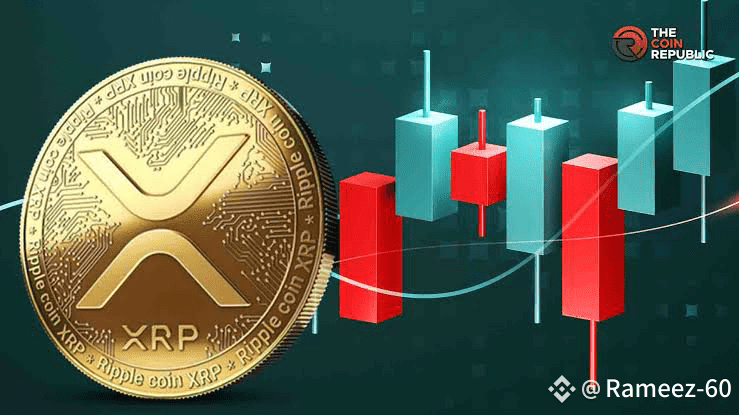R ecent findings from the XRP Wealth Registry have sent ripples through the crypto world this week, exposing the extreme centralization of XRP holdings and igniting intense discussions across online forums.
ecent findings from the XRP Wealth Registry have sent ripples through the crypto world this week, exposing the extreme centralization of XRP holdings and igniting intense discussions across online forums.
📊 Concentrated Holdings, Vast Power
Data analysis shows that the top 10 XRP wallets hold approximately 41% of the entire circulating supply, while the top 20 wallets control about half of all tokens. Even more eye-opening: only 663 wallets worldwide possess over 5 million XRP, representing the ultra-elite top 0.01%. This exclusive group is likely made up of Ripple insiders, major institutional players, and large exchanges.
💼 Defining “Wealth” in XRP
Curious about what it takes to be among the top XRP holders?
🔹 To reach the top 10%, you need roughly 2,500 XRP (around $5,000 at current prices).
🔹 For the top 5%, roughly 8,758 XRP are required.
🔹 To enter the top 1%, holdings must exceed 50,637 XRP.
Despite the existence of over 6.4 million XRP wallets, many are inactive, dust accounts, or multi-wallet setups. The actual number of individual holders is estimated at just 1.5 to 2 million, making the true distribution even more skewed.
😲 Community Reactions to the Data
1. Centralized influence: A tiny fraction of wallets effectively controls XRP’s price and liquidity.
2. Accessibility concern: Holding as little as 2,500 XRP puts you in the top 10%, highlighting how few individuals truly own significant amounts.
3. Whale activity: Large token transfers, such as Ripple executive Chris Larsen’s recent move of $175 million worth of XRP, trigger major price swings and showcase the ongoing influence of whales.
As one Reddit user pointed out:
> “An exchange wallet with 20 million XRP stored offline can distort the perceived thresholds for top-tier holdings…”
📉 Market Effects: Larsen’s Major Transfer
Between July 17 and 24, Ripple co-founder Chris Larsen moved approximately 50 million XRP (around $175 million) to four different wallets, with about $140 million sent to exchanges. This large-scale sell-off led to one of the year's biggest Binance liquidations and caused XRP to drop by as much as 14% from a peak of roughly $3.65.
🧭 Long-Term Outlook: Risks and Opportunities
While such concentration poses risks—like sudden flash crashes—it also opens doors for future gains. Analysts and community members believe that patient investors lower in the hierarchy could see significant benefits as adoption expands. One investor shared:
> “Those holding XRP patiently may soon achieve extraordinary wealth…”
However, many warn that the heavy concentration of holdings raises questions around transparency, governance, and regulation.
📌 Summary Highlights
| Insight | Key Figures |
| --- | --- |
| Top 10 wallets | Control approximately 41% of circulating XRP |
| Top 1% threshold | Over 50,637 XRP (~663 wallets globally) |
| Top 10% threshold | About 2,500 XRP (~4-5% of total wallets) |
| Total wallets | Around 6.4 million; only 1.5–2 million actual individual holders |
| Recent whale activity | Larsen transferred ~$175 million XRP to exchanges |
🧩 Final Perspective: Centralization vs. Decentralization
The latest data on XRP distribution underscores a stark reality: a small number of wallets hold enormous influence over the market. Meanwhile, most holders are clustered in modest tiers that still position them among the top XRP owners. Major moves by whales like Chris Larsen can trigger significant price volatility, serving as a reminder of the high centralization within the XRP ecosystem. For retail investors, the message is clear: your position on the wealth leaderboard may carry more weight than you realize.
Follow Binance Square for more crypto insights and market updates.